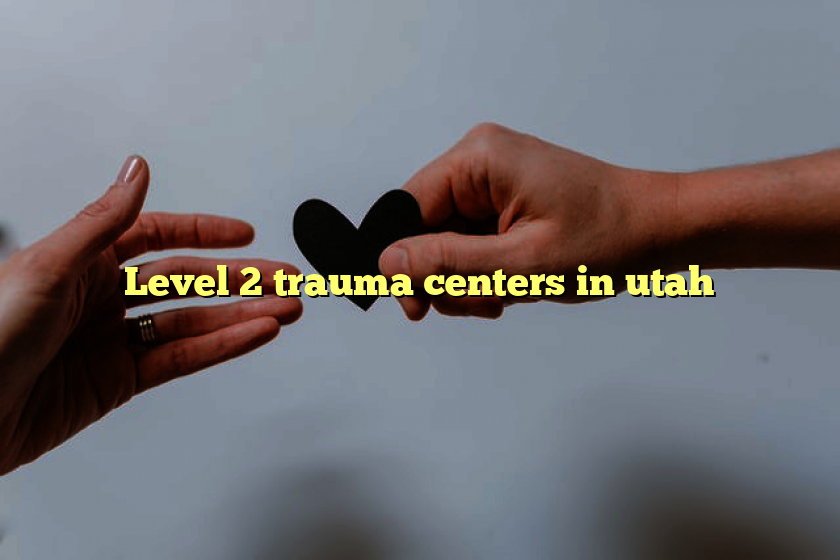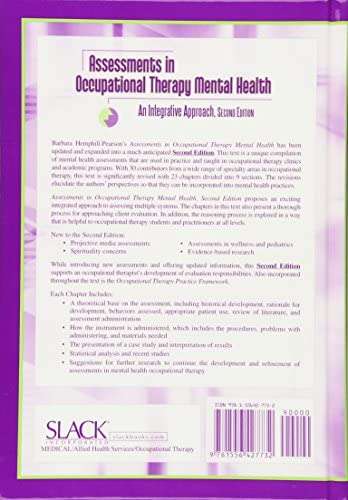January 19 — PROVO — It wasn’t wrapped in shiny paper or a big red bow, but it’s a gift that will benefit residents throughout central and southern Utah. Utah Valley Regional is now a Level II Trauma Center.
The official letter came six days before Christmas. The designation means people living south of Point of the Mountain can be confident that their injured loved one is receiving trauma care that has been approved by the American College of Surgeons and the Utah Department of Health, which grants the designation.
“This means specially trained trauma physicians and staff are here 24 hours a day, seven days a week, 365 days a year to take care of you,” says Craig Cook, MD, trauma director at Utah Valley Regional. “Making this happen is really a gift to the community from Intermountain Healthcare and the physicians and the staff.”
Utah Valley Regional is now the only designated Level II Trauma Center south of Salt Lake City.
Intermountain’s McKay-Dee Medical Center and Ogden Regional Medical Center are both Level II trauma centers while the University of Utah, Intermountain Medical Center and Primary Children’s Medical Center (pediatric) are the state’s Level I trauma centers.
The hospital improved many processes over the past several years in order to become an official trauma center. An Intermountain Life Flight helicopter is now based at the hospital in order to transport trauma victims anytime of the day or night. A general surgeon, orthopedic surgeon, neurosurgeon and other members of the trauma team are also on call 24 hours a day in order to respond whenever needed.
Trauma activations have also been on a steady climb for the past five years. In 2003, the trauma team was activated 307 and that number has increased to 706 for 2008. More lives have been saved as well, thanks to the work of the trauma team. In fact, between 1997 and 2008, the trauma team saved 95 patients who were expected to die due to the severity of their injuries.
When a page goes out that a trauma patient is en route to the hospital, highly trained staff from multiple departments mobilize to provide the necessary care. People who receive that initial page include:
• ED physicians
• ED nurses, techs and staff
• Blood bank
• OR charge nurse
• ICU charge nurse
• Respiratory
• X-ray
• CT
• Stat Lab
• Ultrasound
• SWAT nurse/house supervisor
• Social worker
• Chaplain
“Becoming a trauma center takes much more than just a really good emergency room. It involves nearly every area of the hospital. We couldn’t have done it without the tremendous support of physicians, managers, nurses and other staff members,” said Mary Ann Young, operations officer for Emergency and Trauma Services.
Trauma patients come to Utah Valley Regional from many surrounding areas such as Nephi, Delta, Richfield, Price, Vernal and Panquitch. Freeway collisions, workplace accidents, household fires and recreational misadventures are just a few scenarios that may result in a patient being classified as a “trauma one” — the code used to mobilize the hospital’s trauma team. Injuries that make a “trauma one” include:
• Penetrating injuries to the head, neck or chest
• Severe burns, especially to the face
• Spinal injury with paralysis
• Injuries with low blood pressure
• Airway problems requiring a tube to be inserted to help the patient breathe
Physicians at rural hospitals contact Utah Valley Regional’s trauma surgeon directly to consult on a patient. But not all patients will end up being transported and that’s OK.
“Utah’s trauma system is set up so that the patient gets the right care at the right place at the right time,” said Jean Lundquist, RN, trauma program manager. “Now that we’re an official trauma center, part of our responsibility is to help educate and train staff at rural hospitals to provide the best possible care to the patients they receive.”
####
For more information about this press release, please contact Janet Frank at 801.357.7766 or [email protected].




